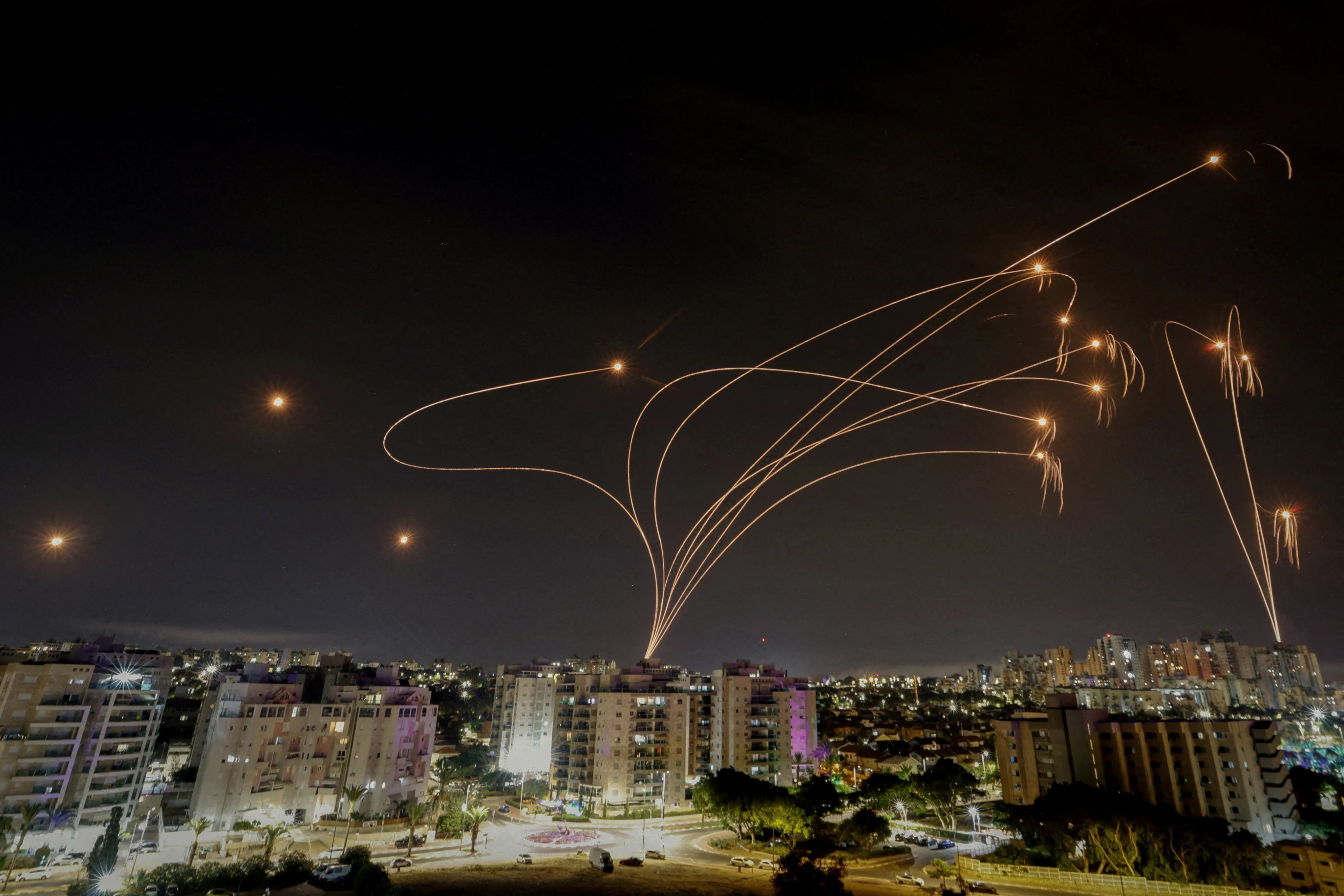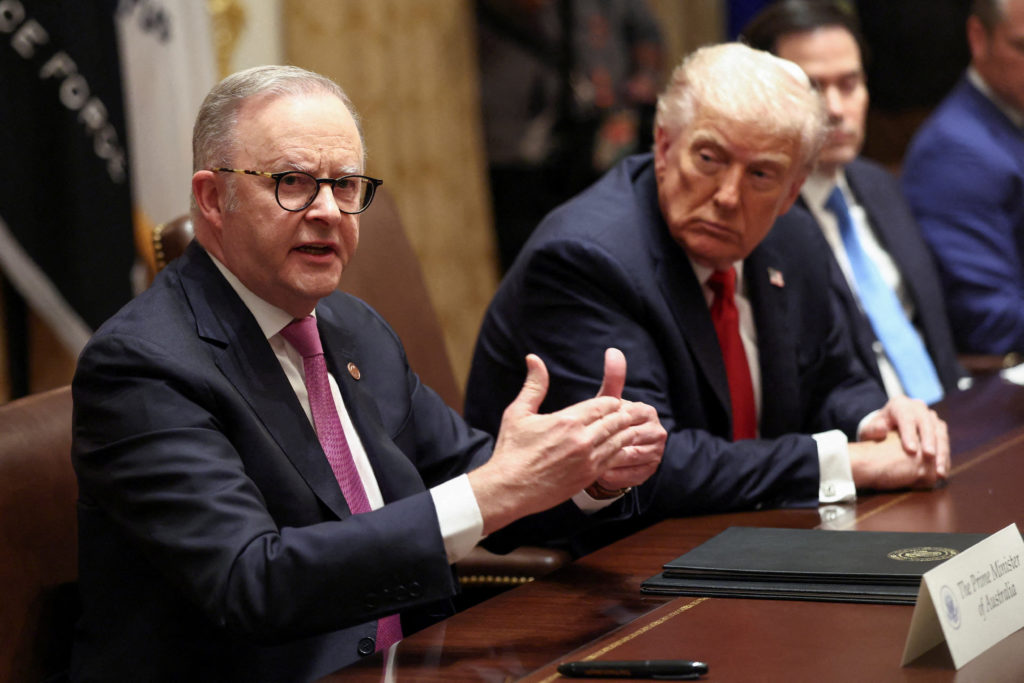Copyright scmp

Taiwanese leader William Lai Ching-te wants the island to build a “T-Dome” missile shield – modelled after Israel’s Iron Dome. But his proposal has sparked debate over feasibility, given Taiwan’s disparate missile systems. Lai unveiled his “T-Dome” plan during a Double Tenth Day address marking the 114th anniversary of the founding of the Republic of China – Taiwan’s official title. He described it as a “multilayered air defence network” to protect critical infrastructure and population centres from potential missile and drone attacks by Beijing. Apparently borrowing from Israel’s Iron Dome and America’s proposed “Golden Dome” anti-missile systems, but offering few technical details, Lai pledged to speed up the T-Dome’s development with bigger defence spending and advanced technologies including artificial intelligence (AI). The announcement caught Taiwan’s defence establishment by surprise. The Taiwanese defence ministry’s latest National Defence Report, released just a day before Lai’s speech on October 10, made no mention of a T-Dome. Next year’s government budget also includes no allocation for such a project. Analysts said the proposal underscored Lai’s determination to demonstrate loyalty to Washington’s strategic agenda – but whether the idea was workable for Taiwan remained to be seen. Taiwan already has one of the world’s densest air-defence networks, spanning high, medium and low-altitude systems. They include the Chiang-Kong (Strong Bow) interceptor designed to strike enemy ballistic missiles at altitudes of up to 70km (43 miles), the US-made Patriot PAC-3 systems, and Taiwan’s locally produced Tien Kung II and III interceptors for the medium to high altitude defence layer. The short-range Avenger and Stinger missiles, together with at least three sets of National Advanced Surface-to-Air Missile Systems (Nasams) ordered from the US, form the low-altitude layer. But while this multilayered structure appears formidable on paper, experts say its greatest weakness lies in integration. “The biggest challenge for the T-Dome lies in integrating heterogeneous systems,” financial and political economy analyst Yu Ting-hao posted on social media on October 11. “Taiwan’s military currently operates a mix of US-made and home-produced missile systems, which are difficult to make interoperable. This isn’t merely a hardware issue – it’s a cross-service, cross-national technological integration war.” The US has adopted the Integrated Battle Command System (IBCS) to link allied missile batteries in a plug-and-play network. “Taiwan, however, has yet to adopt it,” Yu said. “To achieve a truly networked defence, Taiwan must upgrade its information and command chains in step with the US while maintaining its own research and development capacity.” Last month, the National Chung-Shan Institute of Science and Technology – Taiwan’s top weapons developer – signed a memorandum of understanding with US defence giant Northrop Grumman to co-develop the system. The IBCS is designed to link disparate sensors and shooters into a coherent, networked defensive architecture – precisely the kind of backbone that a Taiwan missile shield would require. Defence expert Shu Hsiao-huang from the government-funded Institute for National Defence and Security Research (INDSR) said the T-Dome should be viewed as a gradual integration initiative rather than a totally new weapons platform. “Taiwan already operates a wide array of missiles – Patriot PAC-3, Tien Kung II, III and the new Strong Bow – each with its own fire control and kill chain,” Shu said. “If in the future these systems could be linked via technologies such as Northrop Grumman’s IBCS, connecting land, sea and air radars and launchers, Taiwan could achieve distributed redundancy. That way, if one radar or launcher were destroyed, others could continue supporting operations.” He said Taiwan’s armed forces had been working to build a common air-defence picture across all services. “The first wave of a Chinese Communist assault would seek to paralyse our defences through missile, cyber and electronic attacks,” he said. “Dispersion, redundancy and cross-system integration are key to maintaining long-term resistance.” Some analysts warn that the T-Dome could run counter to Taiwan’s doctrine of asymmetric warfare, which prioritises mobility, survivability and cost-effectiveness over heavy platforms. “If you use million-dollar interceptors to shoot down cheap drones or rockets, it defeats the principle of asymmetric defence,” INDSR researcher Hsu Chih-hsiang said. Hsu argued that the T-Dome should resemble an Integrated Air Defence System or IADS, rather than a direct Iron Dome imitation. “It should merge ground-based guns, short, medium, and long-range missiles, and counter-drone systems into one layered network.” The American IADS – an integrated network of air defence sensors – is designed to intercept and destroy short, medium and intermediate-range ballistic missiles in their terminal phase, using a hit-to-kill approach. The system is also employed by Nato’s air defence forces. Other analysts note that Taiwan faces far more complex threats than Israel. “While Israel’s Iron Dome targets mainly low-altitude rockets, Taiwan faces a broader mix of missiles, rockets, drones and cruise weapons,” said Lin Ying-yu, a professor of strategic studies at Tamkang University in New Taipei City. “The T-Dome would need to integrate weapons covering high, mid and low altitudes. Each system has its own radar and guidance logic, so the challenge lies in allocating interceptors efficiently through centralised or AI-assisted command,” Lin said. Building such a shield would come with a hefty price tag. Lai Shyh-bao, a legislator from the opposition Kuomintang (KMT), estimates that the programme could cost over NT$1 trillion (about US$32 billion) – a sum critics warn could drain resources from social and economic priorities. Taiwan’s Defence Minister Wellington Koo Li-hsiung has rejected suggestions that the plan contradicts asymmetric warfare, saying it “focuses on integrating detection and fire-control systems rather than buying huge quantities of new missiles”. Future radars, launchers and counter-drone systems would emphasise “mobility and survivability”, he added. Lai’s office later confirmed that the government would present a special defence budget by the year-end, covering the T-Dome and other strategic projects. Washington, which has long urged Taipei to boost self-defence capabilities, welcomed the plan. The US State Department said it “strongly supports Taiwan’s reforms and commitment to strengthen deterrence”, reiterating that the US would ensure the island retained “sufficient self-defence capability commensurate with the threats it faces”. But critics still question the project’s timing and coordination. “It seems designed more for political reassurance than battlefield use,” former KMT legislator Alex Tsai Cheng-yuan said. “It soothes pro-independence supporters and pleases Washington. “In a war, mainland China would launch saturation attacks that no air-defence network could withstand – but at least Taiwan can tell the Americans it tried.” Others view the proposal more pragmatically. INDSR senior analyst Su Tzu-yun said investing in advanced defence technologies could also stimulate the economy, generating spin-offs in research, manufacturing and employment. “Every NT$100 billion invested could produce up to NT$180 billion in economic benefit and help upgrade domestic industries,” he said. Beijing was swift to condemn Lai’s plan, with its foreign ministry accusing him of “seeking independence and resisting reunification by military means”. The T-Dome move would “drag Taiwan into the abyss of war”, the ministry warned. Beijing views Taiwan as part of China to be reunited by force if necessary. It has intensified military and political pressure on the island since Lai, of the independence-leaning Democratic Progressive Party, took office in May last year. Lai has further provoked Beijing by labelling it as a “foreign hostile force” and devising a multipoint security framework targeting its activities. Most countries, including the United States – Taiwan’s principal arms supplier and informal security partner – do not recognise the self-governed island as an independent state. Washington, however, is bound by law to provide Taiwan with arms of a defensive nature and is opposed to any attempt to change the cross-strait status quo by force. Analysts have described Lai’s Double Tenth speech as being much about politics as defence. “It was a signal to Washington, showing that Taiwan will align itself with American strategic plans,” said Pan Chao-min, a political scientist at Tunghai University in central Taiwan. Pan cautioned that by putting “all its eggs in one basket”, Taiwan risked losing flexibility between the rival powers. “Taiwan once had strategic space to manoeuvre between the US and mainland China,” he said. “Now it is offering itself entirely to Washington – and that is dangerous.”



